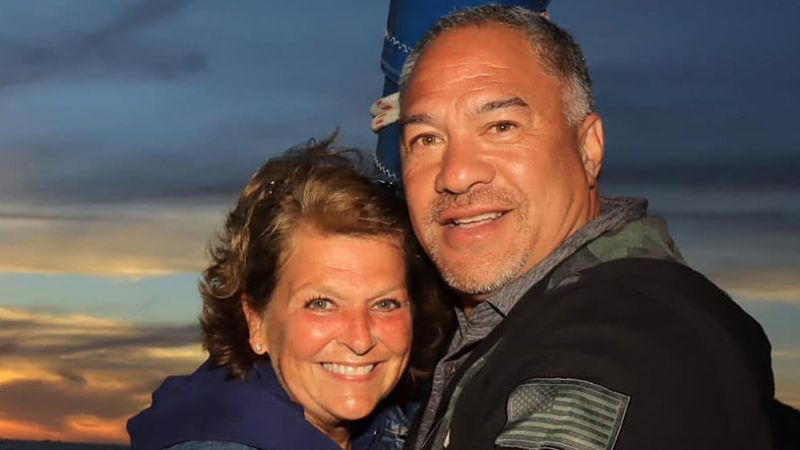
We now know that several storms earlier this year increased the pace of the Rancho Palos Verdes landslide, in some areas. That's despite rainfall totals being well below average for this time of year. Officials said this week that the continuing acceleration of the landslide renews concerns over what could happen when heavier rain inevitably comes in the future.
What we know The city’s geologist, Mike Phipps, told the City Council that in one area of the landslide, movement increased 17% between February and March after taking on 3.7 inches of rain. “ This movement is in direct response to the rainfall,” he said, with an important caveat: “It's in an area where we didn't really do winterization measures.

” The city spent around $4 million preparing for the most recent winter. And spending overall on the landslide complex is already costing Rancho Palos Verdes as much as all other city operations combined. Why the movement is of concern For context, the annual average rainfall for Rancho Palos Verdes is 12.
32 inches, and typically the most rain falls October through March, according to Bryan Lewis, a meteorologist at the National Weather Service. This year was different. The region's rainy season didn't materialize until February, and Phipps said that underscores the need for measures like sealing fissures and improving drainage ahead of heavier storm weather.
At Tuesday's City Council meeting, Councilmember George Lewis underscored the stakes. “ I find that to be actually rather terrifying because we're well below the average amount of rainfall and that was enough to trigger significant movement in an area that had been somewhat stable,” he said. “That gives me zero confidence that this is sustainable if we have an El Niño year.
” The backstory City officials discovered a deeper landslide portion last year as they dealt with the consequences of two very wet winter seasons. At the time, above average rainfall was causing land to move in some places up to 1 foot a week. The land movement also forced power and gas shutoffs, with hundreds of homes still without the utilities.
And the historic Wayfarers Chapel had to be disassembled to move to a new location. Update on the toll road City Council members also reassured the public that a toll on Palos Verdes Drive South, the main thoroughfare through the landslide complex, is not a done deal as rumors continue to swirl online that the city is going to implement one. Mayor David Bradley reiterated that city officials are reaching out to organizations to conduct a feasibility study on the legalities, costs and traffic effects of a toll road.
.














